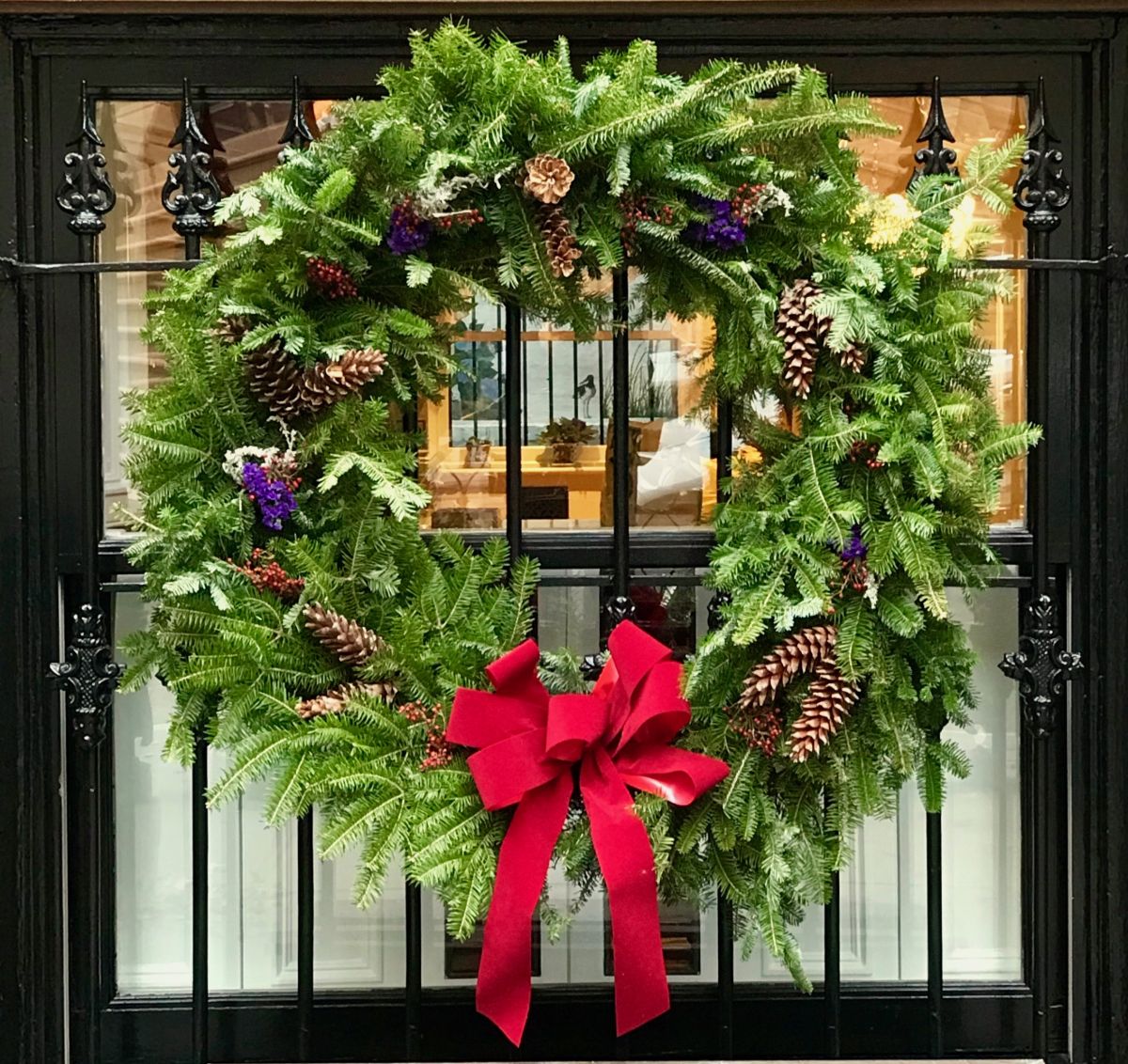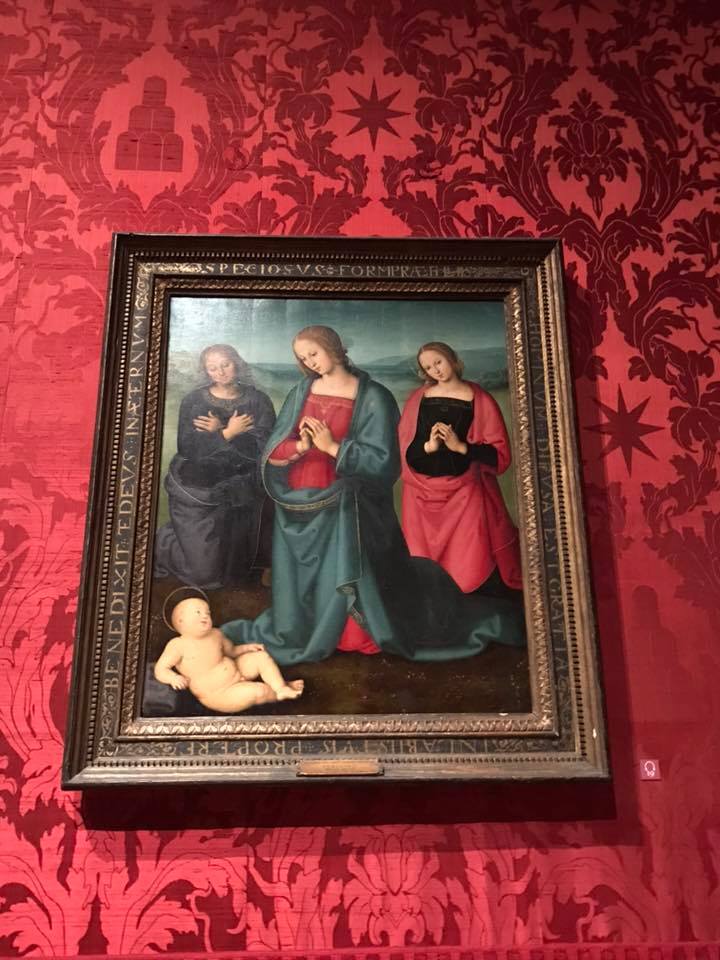

In Italian
The Morgan Library is one among the places not to miss in New York without any doubt.
Still not so famous from a tourist point of view – in the guidebooks it is only quoted in the extras – instead it is loved and extremely popular among the New Yorkers who often go regularly to it: not only for its collections (permanent and temporary), but also for the events, the theme exhibitions, the gala dinner and the classic and jazz music performances organized frequently.
A wonderful library-museum strongly wanted (and built) by the banker and collector J.P. Morgan in 1902 in order to preserve its precious collections of art objects, paintings, ancient books and original manuscripts. And today turned into – thanks also to a suggestive widening of the building by Renzo Piano – a surprising and innovative public museum.
A downright cultural center, a mix of art, culture, literature, passions surviving time and connections with “the past centuries ones”.
Imagine you can walk back in time admiring the immortal brush-strokes by artists like Perugino or Tintoretto and the prints by Matisse, Picasso, Van Gogh.
And to be able to read live the first three printed copies of the Bible by Gutenberg, the sheets music by Verdi, Debussy, Mozart, Schubert, Strauss and some of the pages from the first editions and the original drafts of masterpieces like “Alice in Wonderland” by Lewis Carroll, “Frankenstein” by Mary Shelley, “Paradise Lost” by John Milton, “A Christmas Carol” by Charles Dickens.

Places not to miss in New York: Morgan Library, Perugino “Mary, adoring the child, with St. John the Evangelist and St. Mary Magdalene”
And even being able to contemplate the drawings by Leonardo, Michelangelo, Donatello, those ones by Antoine de Saint-Exupéery from the “Little Prince” and part of the letters and diaries by Jane Austen, Charlotte Bronte, Lord Byron, John Keats, Abraham Lincoln until arriving to the autograph pages by John Steinbeck, Tennessee Williams and the first writings of “Blowin’ in the Wind” and “It Ain’t me Babe” by Bob Dylan.
And at the end being able to enjoy all this wonder for free – on Fridays, 7pm-9pm – with the sound of a jazz duo in the background, together with many locals, swallowed up by the magic and charming atmosphere of a downright New Yorker night.
“A library is the crossroads of all the dreams of humanity”
(Julien Green)
In 1902 John Pierpont Morgan, skilled banker, baron of finance (he ran personally the financial disaster of the White Star Line after the sinking of Titanic in 1912) and of iron metallurgy, considered today one of the 50 richest men in America ever, great lover of art and literature – quoted many times in world importance literary works and productions like the “Great Gatsby” – gave an assignment to the architecture studio McKim, Mead&White to plan a library which could contain his collection of objects, books and ancient manuscripts.
The library was realized following the style of that time – the American Renaissance – and became one among the most precious books collections in the United States of America.
After J.P. Morgan’s death – occurred in 1913 – almost 6000 objects of the collection were given according to his will to the Metropolitan Museum of Art. In 1924 J.P. Morgan Junior – the son of the baron – made the whole library accessible to the public widening the facility with a new building and increasing the books expositions with art objects coming from purchases and donations.
Today the Morgan Library – thanks to the project of renewal by the Italian architect Renzo Piano in 2006 – doubled its expositive surface, besides having a new entrance directly on Madison Ave and a series of common areas where not only “spread culture”, but also “share music, beauty and free thoughts”.
“It’s a job I am proud of.
I liked the idea of building something in midtown Manhattan requiring serenity, calm,
meditation used to a library, but without forgetting the chaotic and frenetic life of this city”
(Renzo Piano)
The tour develops through the three most important rooms of the historic dwelling, accessible by the new entrance floor created by Renzo Piano.
The elegant studio of J.P. Morgan rich in artworks, the main library where in turns the volumes and the first most precious editions are exposed (in the glass shrines), and the room famous as “the librarian office” including art objects and other minor collections of several historic eras. All the rooms overlook a Rotunda, decorated by harry Siddons Mowbray in Italian Renaissance style.
Furthermore, the new entrance allows the access to the Gilbert Court – the glass pavilion planned by Renzo Piano where concerts and shows take place – to the Clare Eddy Taw Gallery where small temporary expositions alternate. And also to the Morgan Dining Room, the authentic and suggestive J.P. Morgan’s dining room where it’s possible (only upon booking) to taste gastronomic specialties of the early ‘900, and to the Morgan Shop, the very equipped store of the museum.
On the second floor, on the right of the entrance, you reach the Morgan Hall and the two Morgan Stanley Gallery – east and west wing – where temporary collections of different genres are exhibited – dedicated to painters, writers and artists – borrowed from private people or other museums of the city and of the world. The last exposition room – the Engelhard Gallery – is located on the third floor.
Reckon at least an hour for the exploration of the three main rooms, two abundant if you are interested also in the collections of the second and third floor.
You can get info about the expositions present in the period of your visit here.
The Morgan Library is located at 225, Madison Ave immediately after the crossroads with 36th Street.
It is really close to the major attractions of Midtown – a nice few minutes’ walk from Grand Central, Bryant Park, New York Public Library, Empire State Building, et cetera – and with two convenient subway stops in the neighborhoods, 33rd Street (line 6 green) and 42nd Street (line 4-5-6 green and line 7 lilac).
It is opened Tuesday-Thursday 10.30am- 5pm, on Friday 10.30am-9pm, on Saturday 10am-6pm and on Sunday 11am-6pm.
It is closed on Thanksgiving Day, December 25th and January 1st.
Admittance for fee: $20 adults and $13 over 65 and students. Audio guide included.
Free admittance on Friday night – as written above – 7pm-9pms.
“The only thing that you absolutely have to know, is the location of the library”
(Albert Einstein)